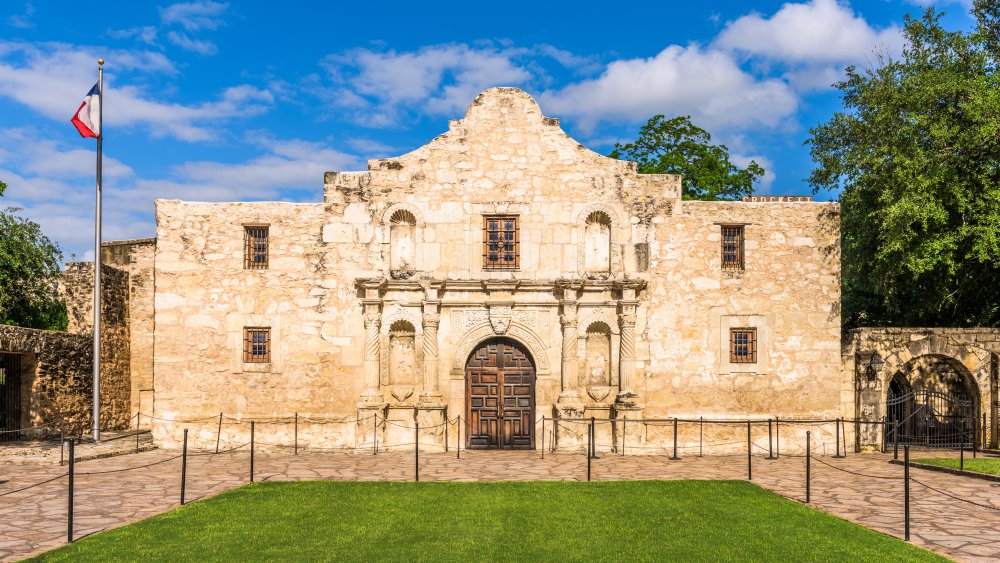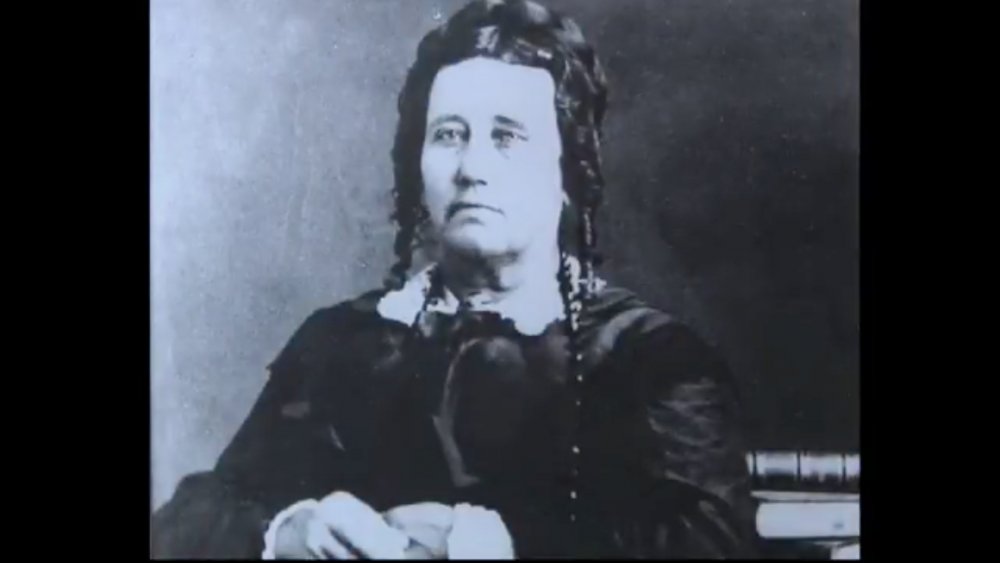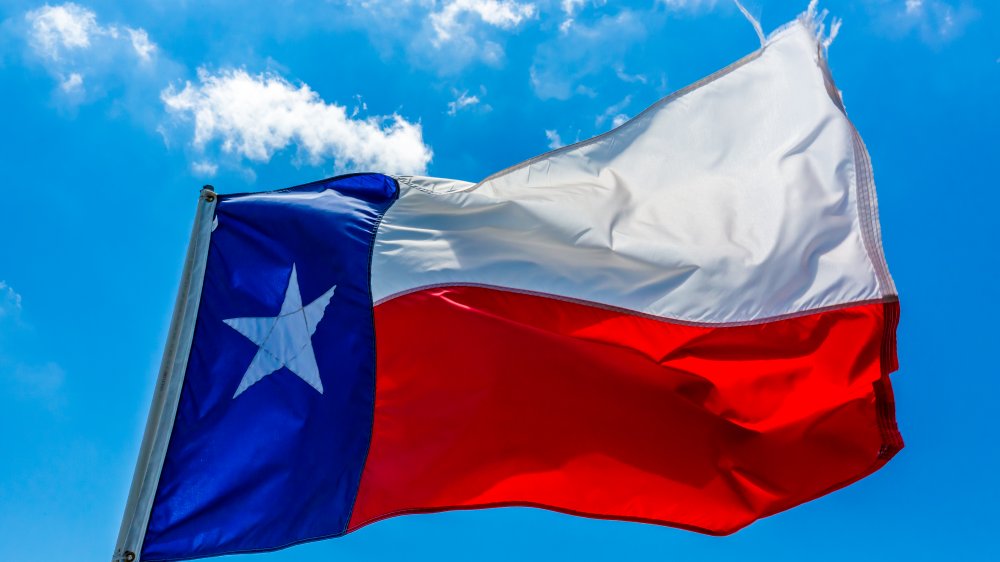What Became Of Alamo Survivor Susanna Dickinson?
Remember the Alamo? Of course you do. The Battle of the Alamo famously left very few survivors after Mexican troops overpowered the garrison. Among those few survivors were Susanna Dickinson and her daughter, Angelina. Dickinson and other survivors corroborated much of what we know about the siege and final assault.
Susanna came from Tennessee. She married her husband, Almeron Dickinson, in 1829, when she was just 15 years old, according to the Texas State Historical Association. By 1831, the Dickinsons moved to Texas — then a province of Mexico — and found land in what is now Caldwell County. They were among 31 settlers who took passage on a ship from New Orleans. Their land sat atop the town of Gonzales, along the San Marcos River. It was here that their daughter Angelina was born.
Because of tensions in the settlement, the Alamo might not have been the first battle that Susanna witnessed. The Texas State Historical Association said the Dickinsons might have been one of the families who went into hiding when the Battle of Gonzales broke out, considered the first fight of the Texas Revolution. Her husband, Almeron, was one of the volunteers who left Gonzales to fight against the Mexican government. Susanna stayed in Gonzales until soldiers raided her house. She followed her husband to San Antonio in 1835, where she did laundry and served food to people like Davy Crockett. The Dickinsons then moved into the Alamo on February 23, 1836.
She hid inside a chapel
Moving into the Alamo just as the Mexican troops began arriving did not bode well for the Dickinsons. Women and children were brought inside the garrison for safety, and for the next 13 days, Dickinson remained huddled inside the Alamo, explained the City of Austin. It was during the siege that William Travis, the leader of the Alamo, gave his ring to Susanna and Angelina. The ring remained a family heirloom, now on display in a museum.
When the final siege began, Dickinson was among the women and children sheltered inside the garrison's chapel. She claimed she last saw her husband when he stopped into the chapel to say goodbye to her and their child. She said Almeron told her that the Alamo was lost. The Sons of DeWitt Colony wrote that Dickinson was found by the English-speaking Mexican general Juan Almonte, who then took her to see the commander of the Mexican forces, President Antonio Lopez de Santa Anna. Santa Anna was reportedly so taken by the baby Angelina that he offered to adopt her so she can be educated in Mexico, but Dickinson refused.
Santa Anna designated Dickinson as a messenger, reported the Texas State Historical Association. She was to give Texas army commander Sam Houston a letter of warning. After meeting with Houston and being interviewed by the army, Dickinson was now on her own — a widowed single mother. She petitioned the Texas government for some relief money.
It wasn't easy surviving after the Alamo
She was told she could get $500 in donations, but never received any money for surviving the Alamo. She got some land, thanks to her late husband's military service, but she still needed money. She ended up working in Mansion House in Houston, a brothel.
In 1837, Dickinson remarried, to a man named John Williams. Unlike her heroic first husband, Williams proved to be drunk who beat her and Angelina. She filed for divorce the next year. She married again, to Francis Herring, who died. Her fourth husband, Peter Bellows, divorced Dickinson, accusing her of adultery and prostitution. This was around the time she worked in a brothel, though the Texas State Historical Association claimed she did not work there as a prostitute.
Dickinson married a fifth time, to Joseph William Hannig, which lasted until her death in 1883. By all accounts, Hannig was a good businessman. The family moved to Austin, where he opened a furniture store and became the city's alderman. Greater wealth meant entrance into society, and Dickinson regaled people with her experiences during the Battle of Alamo. Her accounts are what most people cite these days, as she often retold her tale to journalists. She died after a bout of illness at the age of 70. Dickinson survived a great deal and had to make her way in the world after witnessing what is now considered a bloody, pointless battle. She definitely remembered the Alamo.


